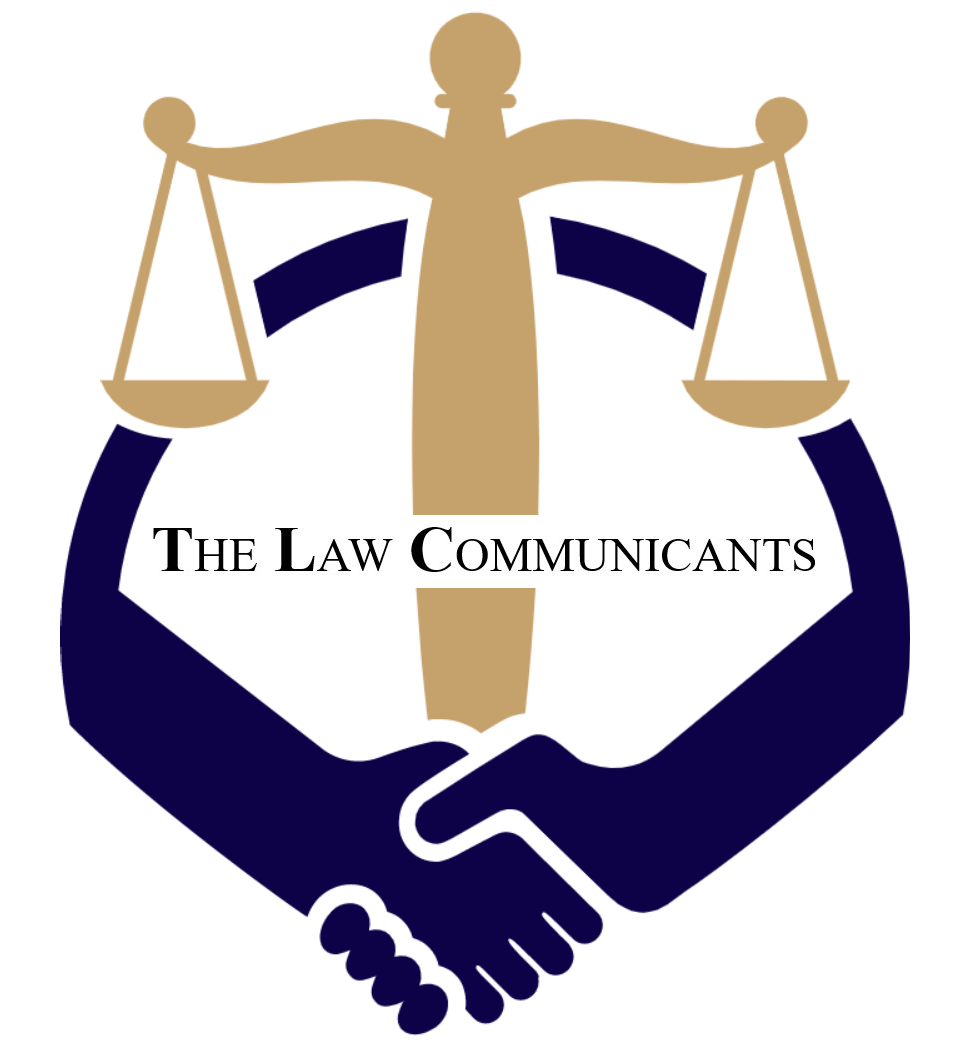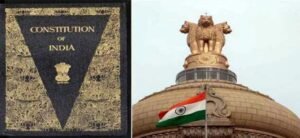Generative AI and Copyright Ownership: Who Owns AI-Created Works?
Written by Neha Tripathi
Table of Contents
- Introduction
- Understanding Generative AI and Copyrightable Works
- Copyright Law and the Requirement of Human Authorship
- Ownership Scenarios in Generative AI
- Key Challenges and Legal Considerations
- The Way Forward: Recommendations and Global Trends
- Conclusion
Introduction
The rise of Generative Artificial Intelligence (Generative AI) marks a transformative era in creativity, automation, and digital content production. These AI systems—such as OpenAI’s GPT models, DALL·E, Midjourney, and others—can autonomously generate text, images, music, software code, and even entire movies based on minimal human prompts. As these tools become more advanced and accessible, they challenge long-held assumptions about authorship, creativity, and ownership under existing copyright laws.
One fundamental question lies at the heart of this disruption: Who owns the rights to content created by AI? This question has sparked intense debate among legal scholars, policymakers, content creators, and AI developers. The answer is far from simple and varies widely across jurisdictions, as current copyright frameworks were never designed with autonomous machines in mind.
This article explores the evolving relationship between generative AI and copyright ownership, examining international legal positions, the challenges to traditional notions of authorship, and emerging frameworks for future regulation.
Understanding Generative AI and Copyrightable Works
Generative AI refers to machine learning models—especially large language models (LLMs) and generative adversarial networks (GANs)—trained on vast datasets to produce new content that mimics human creativity. When these systems generate text, music, art, or other works without direct human authorship, it creates ambiguity around:
- Originality: Is the AI-generated work truly original or just a statistical recombination of existing material?
- Authorship: Can a non-human entity be considered an author under copyright law?
- Ownership: Who holds the economic rights to exploit the generated work—user, developer, or AI itself?
Traditionally, copyright laws require human creativity and original expression. This foundational principle becomes blurred when a machine, rather than a person, is the primary creator.
Copyright Law and the Requirement of Human Authorship
In most countries, copyright protection is only granted to works that are the product of human intellectual effort. Key jurisdictions uphold this principle in different ways:
1. United States
The U.S. Copyright Office explicitly requires human authorship. In March 2023, it issued updated guidance clarifying that works generated entirely by AI without human creative input are not copyrightable.
- In the Zarya of the Dawn case, the Copyright Office granted partial protection to a comic book authored by Kristina Kashtanova, but denied protection for AI-generated images created using Midjourney, citing lack of human authorship.
- In Thaler v. Perlmutter, the U.S. District Court ruled that AI-generated works lacking human authorship are ineligible for copyright.
2. United Kingdom
UK copyright law, under Section 9(3) of the Copyright, Designs and Patents Act 1988, uniquely recognizes computer-generated works. It states that for works generated by a computer in circumstances where there is no human author, the person who undertakes the necessary arrangements shall be considered the author. This gives a potential route for assigning copyright to the AI operator or developer.
However, the scope and enforcement of this provision remain limited and under-tested.
3. European Union
EU law, particularly under the InfoSoc Directive and Berne Convention, ties authorship to natural persons. The European Parliament and EUIPO have noted the need for reform but currently offer no copyright protection for AI-generated works without significant human input.
The EU AI Act, although not directly a copyright law, addresses the responsibilities of AI developers and deployers and may shape future discussions on IP rights.
4. India
India’s Copyright Act, 1957 does not define authorship in the context of AI. The law assumes human authorship for original works. However, in Raghava KK v. Registrar of Copyrights (2020), an Indian artist attempted to register AI-generated artwork. While not decided conclusively, the case highlighted the legal vacuum in Indian copyright law regarding AI-created content.
Ownership Scenarios in Generative AI
Given the absence of clear statutory provisions in most jurisdictions, determining ownership of AI-generated content often depends on the specific use case and level of human involvement.
1. AI as a Tool: Human Authorship Prevails
If a human uses generative AI as a creative tool and exercises control over the process (e.g., selecting prompts, editing outputs, curating results), then the final work may be considered a derivative of human creativity, with the human recognized as the author.
Example: A graphic designer uses Midjourney to generate background art, then incorporates it into a poster after significant edits. The designer could claim copyright over the resulting poster.
2. Fully Autonomous AI: No Copyright or Assigned to Developer
If the work is entirely machine-generated without meaningful human intervention, most legal systems do not recognize it as copyrightable. In such cases:
- No copyright may exist at all (e.g., in the U.S.).
- The developer or operator of the AI might be granted rights based on contracts, license terms, or statutory provisions (as in the UK).
3. Terms of Service: Contractual Ownership
Generative AI platforms often define ownership through terms of service. For example:
- OpenAI (ChatGPT, DALL·E): As of 2024, OpenAI grants users rights to use outputs generated by their prompts for commercial purposes, subject to terms and content policy.
- Google Bard / Gemini: Similar policies apply, often reserving some rights for the platform.
- Adobe Firefly: Claims to generate content only from licensed or copyright-free materials and grants users full commercial rights over outputs.
Thus, contractual terms override default copyright assumptions, and users should carefully review them when using such tools.
Key Challenges and Legal Considerations
1. Copyright Infringement by AI Training
Generative AI systems are trained on massive datasets, often scraped from the internet, including copyrighted works. Lawsuits have been filed alleging that using copyrighted material to train AI constitutes unauthorized reproduction or derivative use.
- In the U.S., Getty Images sued Stability AI for using copyrighted images to train Stable Diffusion without permission.
- Similar class-action suits are pending from authors, artists, and coders.
The core legal question: Does AI training qualify as fair use (U.S.) or fair dealing (India/UK)? Courts are yet to deliver decisive rulings.
2. Attribution and Moral Rights
AI-generated works lack clear attribution, raising questions about moral rights, such as the right to be identified as the author and the right to prevent derogatory treatment of the work.
Can AI possess moral rights? Most jurisdictions say no. But if human contributors shape the AI’s output, how should authorship and credit be distributed?
3. Plagiarism and Derivative Works
AI may inadvertently generate content that closely resembles existing copyrighted material, raising the risk of unintentional plagiarism. Users might unknowingly infringe on third-party rights when publishing or commercializing AI outputs.
The Way Forward: Recommendations and Global Trends
1. Develop AI-Specific IP Frameworks
India and other countries should consider AI-specific IP laws or amendments to clarify:
- Who can claim authorship and under what circumstances
- How to assign ownership for commercial use
- Liability for copyright infringement during training or use
2. Require Transparency in AI Outputs
AI systems could be required to disclose training data sources, generate provenance metadata, and flag when content is AI-generated. This will aid in attribution and accountability.
3. Promote Ethical AI Licensing Models
Encourage developers to use open datasets, obtain licenses, or share profits with original creators. Emerging models like Creative Commons for AI or collective licensing can offer fairer ecosystems.
4. International Harmonization
Given the cross-border nature of AI and digital content, international treaties or model laws under WIPO or WTO could provide a unified baseline for AI and copyright regulation.
Conclusion
The intersection of generative AI and copyright law represents one of the most pressing legal frontiers of the 21st century. While AI tools are unlocking unprecedented levels of creativity and productivity, they also challenge the very foundations of intellectual property law: originality, authorship, and ownership.
As courts, regulators, and creators grapple with these questions, it is essential that laws evolve to reflect the hybrid nature of human–machine creativity. The future of generative AI will depend on striking the right balance between incentivizing innovation, protecting human authors, and ensuring responsible AI development.
India, with its vibrant technology and creative sectors, must proactively address these issues through thoughtful regulation, stakeholder engagement, and legal reform to build a fair and future-ready intellectual property ecosystem.




